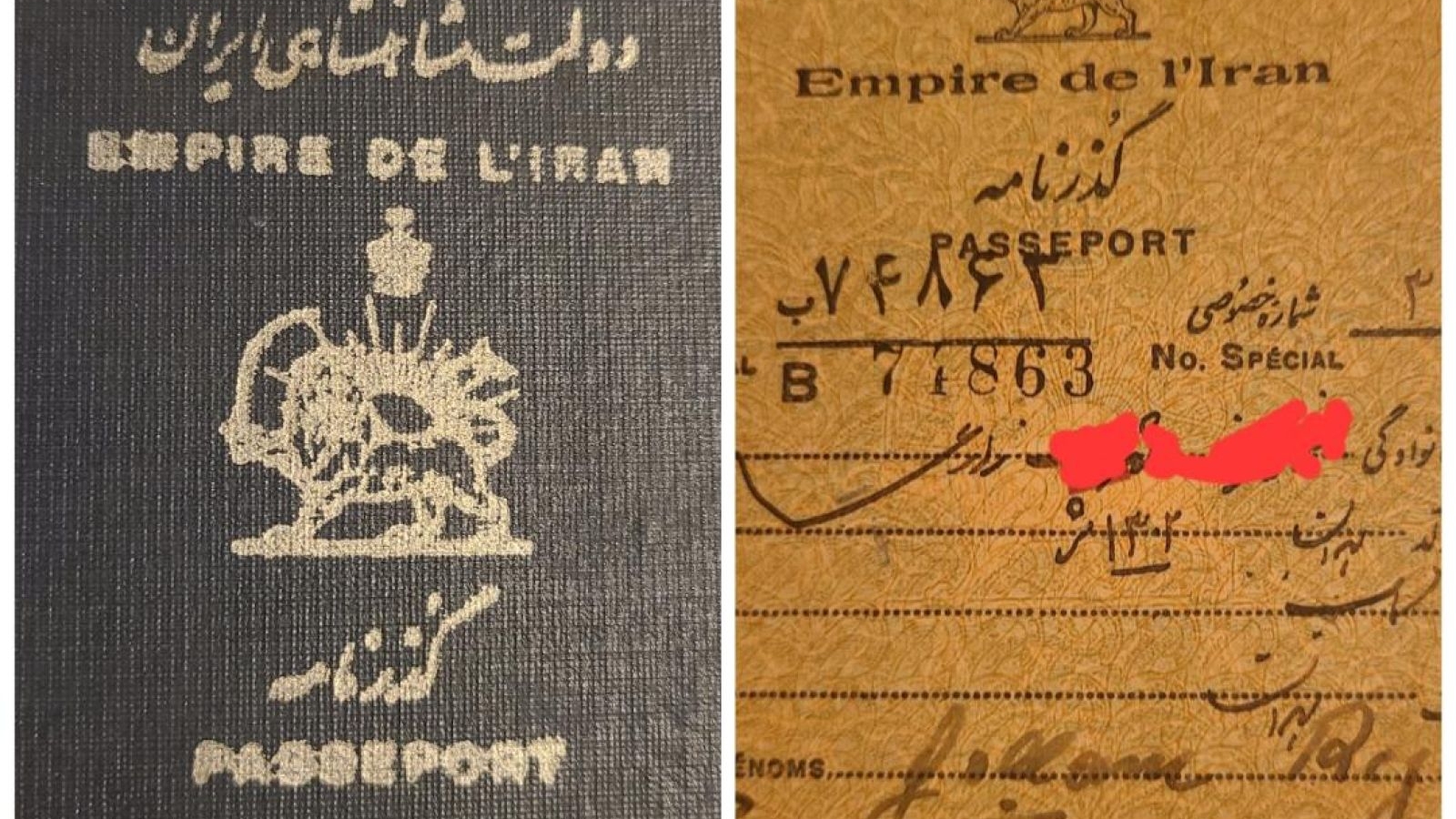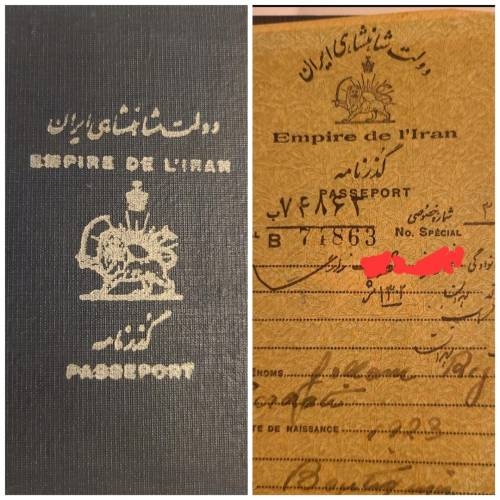the Iranian imperial passport, or shahanshahi passport, held considerable global recognition

the Iranian imperial passport,
During the reigns of Reza Shah (1925–1941) and Mohammad Reza Shah Pahlavi (1941–1979), the Iranian imperial passport, or shahanshahi passport, held considerable global recognition and prestige. Under Reza Shah, Iran underwent significant modernization efforts, including building infrastructure and strengthening national identity. These changes enhanced Iran’s international presence, making the Iranian passport a respected travel document.
During the reigns of Reza Shah (1925–1941) and Mohammad Reza Shah Pahlavi (1941–1979), the Iranian imperial passport, or shahanshahi passport, held considerable global recognition and prestige. Under Reza Shah, Iran underwent significant modernization efforts, including building infrastructure and strengthening national identity. These changes enhanced Iran’s international presence, making the Iranian passport a respected travel document.
Under Mohammad Reza Shah, especially in the 1960s and 1970s, Iran’s economic growth, infrastructure advancements, and active foreign diplomacy significantly bolstered the passport's value. During this period, many Iranians could travel to various countries, including parts of Europe and the United States, with minimal visa requirements, reflecting the country’s strong international relations and strategic importance. The passport symbolized Iran's stable political standing and economic influence in the region.
This era ended after the 1979 Iranian Revolution, which led to shifts in Iran’s global relations. Consequently, the Iranian passport’s prestige diminished, and Iranian citizens faced increased travel restrictions and limited access to many countries.
Before the 1979 Iranian Revolution, the Iranian Imperial passport was highly respected, allowing Iranian citizens to travel to around 50 countries without a visa or with a visa-on-arrival. These destinations included many European, Asian, and even some American and African countries. The strong diplomatic relationships and Iran’s stable political and economic situation contributed to this extensive travel freedom, making the Iranian passport one of the most powerful in the region.
For countries that required a visa, the process was generally straightforward and much faster than current standards. Most visa applications required minimal documentation and were processed quickly, reflecting the positive diplomatic ties Iran maintained globally. The process was simpler and did not demand extensive financial records or lengthy background checks, allowing Iranians to travel internationally with relative ease.
